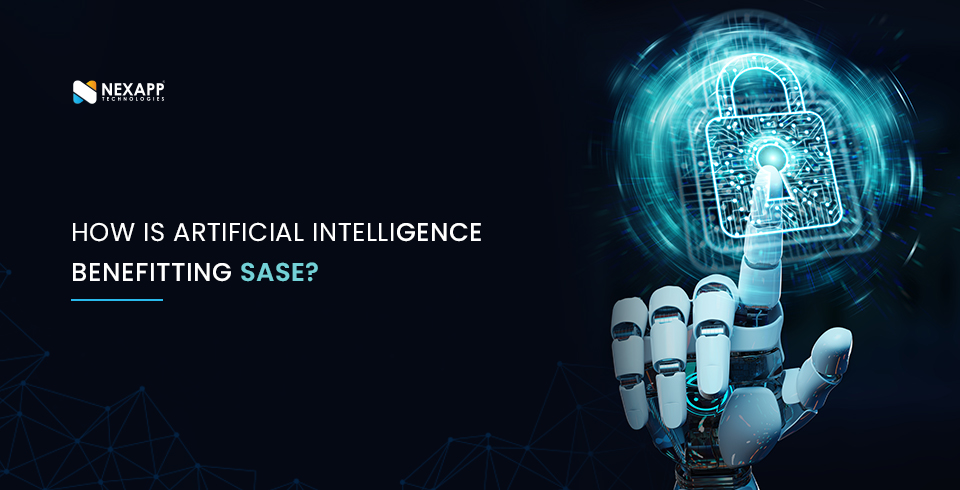
SASE is a term that has been on everyone’s mind when you think of security. Since its inception, SASE has been garnering a lot of attention and for mostly the right reasons. With Gartner predicting that 50% of the organization will be adopting SASE by 2025, there is no denying that SASE is here to stay.
SASE vendors across the world have been foresighted and had already started to collect global data around cybersecurity as well as networking threats. This collection helps SASE vendors and organization prepare for technologies and changes that were set to come in the near future, i.e. today.
SASE has a few core components rolled up in its sleeve. Them being, SD-WAN, firewall-as-a-service (FWaaS), Secure Web Gateway (SWG) , Cloud Access Security Broker (CASB), Zero Trust Network Access (ZTNA) and a technology that is the most crucial today, which plays a key role in every aspect of SASE, Artificial Intelligence (AI).
Artificial Intelligence being one where most of the SASE vendors have been working on. With all the data the vendors have collected over the years, AI and Machine Learning (ML) has a great potential to produce smarter and faster results.
Today, Artificial Intelligence and automation capabilities are some of the key features that enterprises are looking for when they choose SASE. Here is how AI will be benefitting SASE, and everything you need to know about it.
- User and entity behavior analytics – SASE helps establish how humans and machines act within a network, which helps in spotting any suspicious activity as well as in authentication. AI models work here in identifying various endpoints that are connected to a network, along with profiling those clients that have access to those networks along with increasing awareness to the security experts.
- Data loss prevention – Data Loss Prevention, as the name suggests helps preventing sensitive data from leaving the company’s system whether it’s someone on the inside trying to steal sensitive information or external attackers. AI helps with tracking these sensitive information and who has access to them, along with denying access to individuals who may seem suspicious to putting such data to risk.
- Anomaly detection – A ML algorithm that can detect activity that does not fit normal patterns. AI proves to be beneficial here where it detects behaviors that aren’t good or bad and becomes difficult for traditional networks to detect.
- Identifying and preventing zero-day attacks – Today, AI models are being trained to know and understand all vulnerabilities and attacks that haven’t happened, but may occur. These can be stopped immediately, as many new attacks are all different variations of previously known threats. AI engines are used to stop malware by pushing ML models, which help stop these in real time.
- Easing the burden on security analysts – By handling routines tasks with AI, analysts now have the time to focus on other complicated issues. By learning and understanding the tasks of a security professional, AI helps them close their tasks at a much faster pace and with more efficiency.
Along with these, there are many other ways how AI is helping SASE, with reducing false positive, predictive maintenance as well as Network analysis and repair. Artificial Intelligence is still in its early stages in SASE solutions, and has a long way to go.
Head over to Nexapp Technologies to find out more about SASE.


